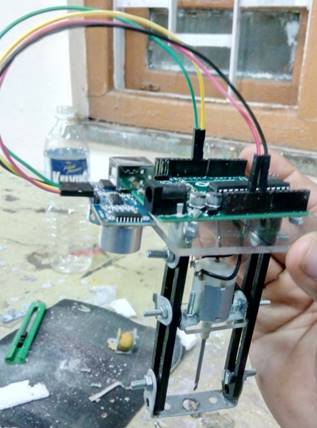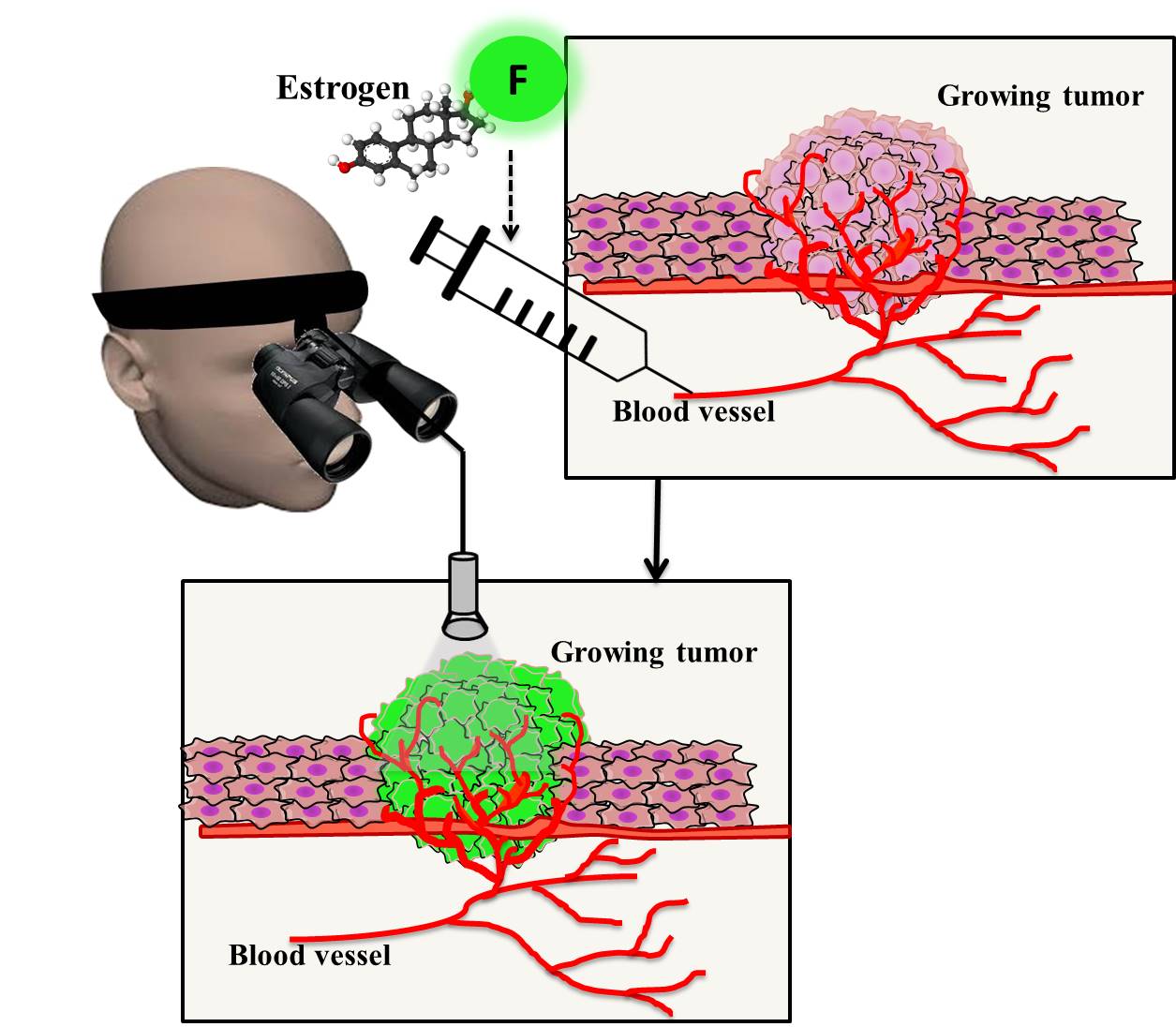Our innate immune system consists of a sophisticated detection mechanism for pathogens and damage called the Nucleotide-binding domain, leucine-rich repeat containing, proteins (NLRs). Malignant gliomas, the most common primary brain tumors that arise from glial cells within the central nervous system (CNS), are among the most fatal human cancers. With a median survival of only 14.6 months even after aggressive therapy with surgery, radiation, and chemotherapy, most patients succumb to their disease within two years of the initial diagnosis. Gliomas arise from glial cells and are heavily infiltrated with innate immune cells. We are interested in studying the cellular and molecular contribution of inflammasome-forming NLRs in malignant gliomas.
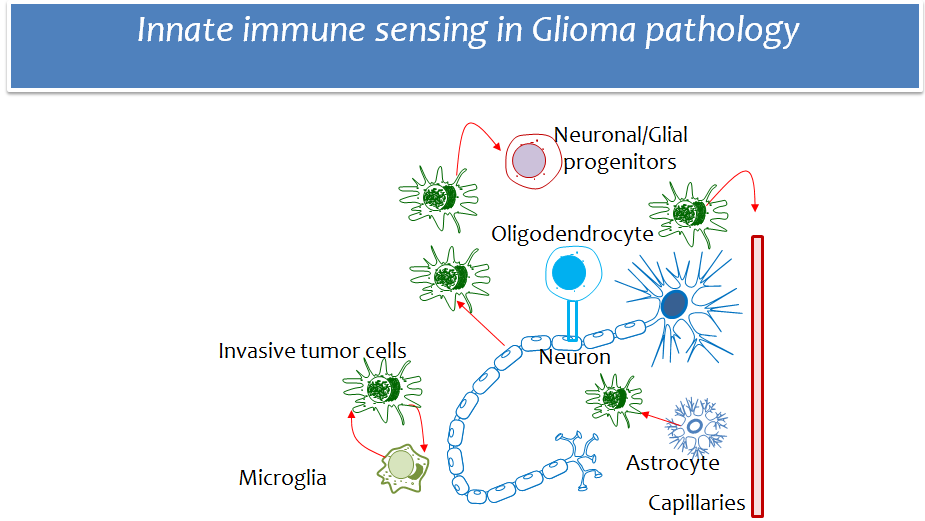

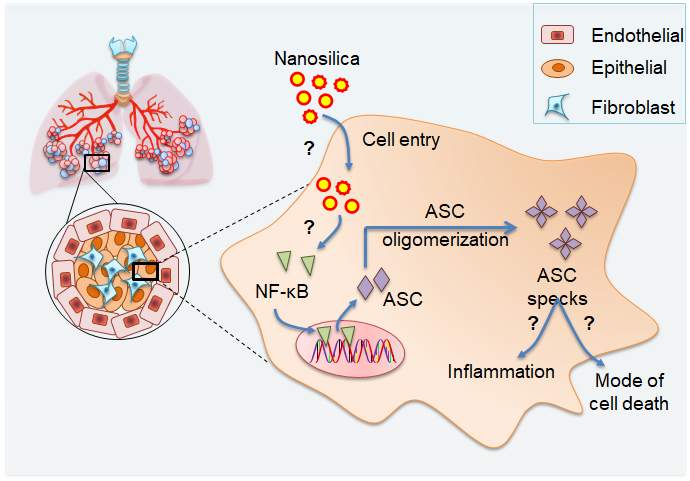
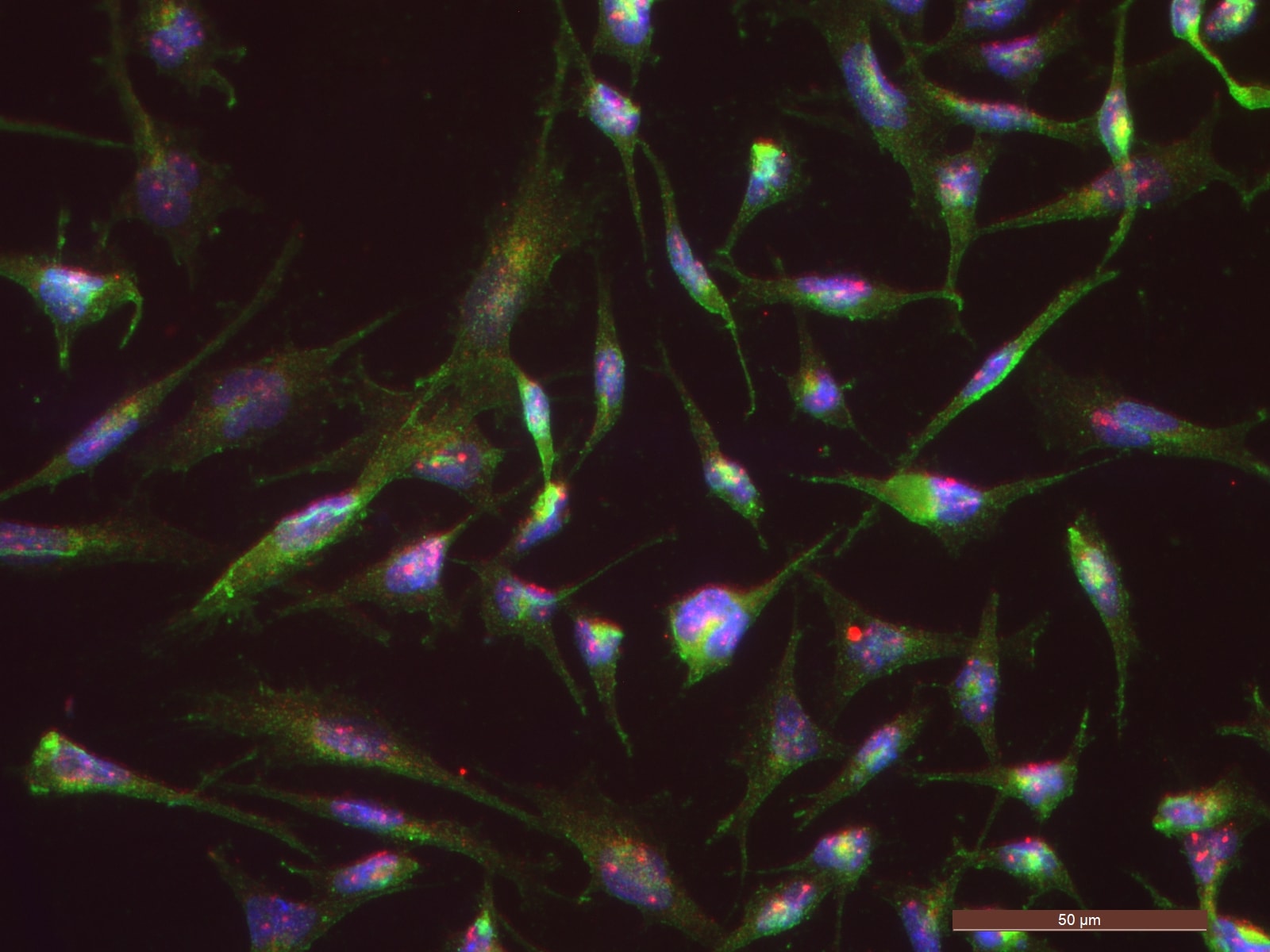
 Endothelial cells stained with RCA (green), anti-ASC antibody (red) and DAPI for nucleus (blue).
Endothelial cells stained with RCA (green), anti-ASC antibody (red) and DAPI for nucleus (blue).